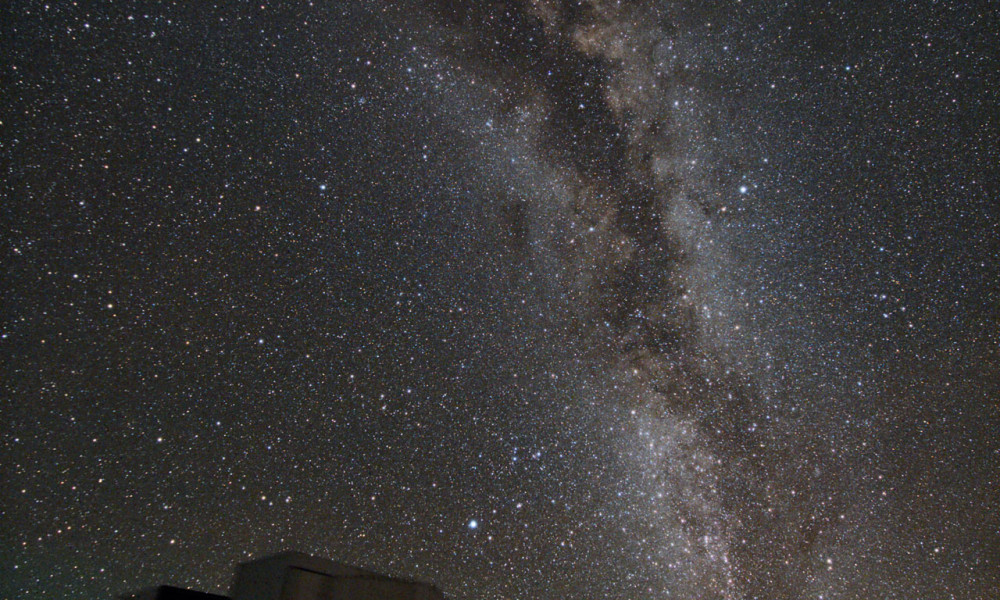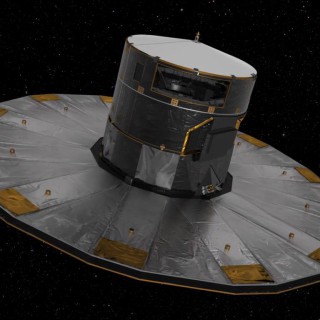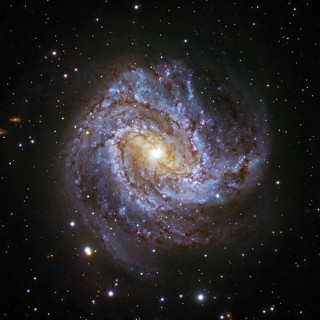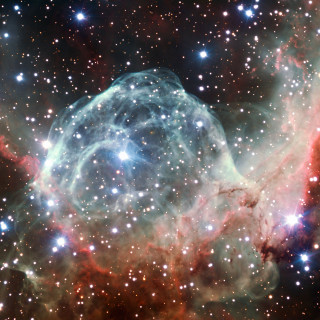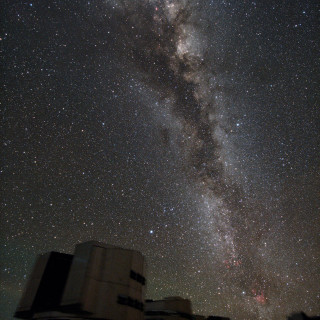The Milky Way – just another galaxy
Today we know that we live in a universe with billions of stars and galaxies, where the Milky Way is but one of all these galaxies.
The Milky Way is not a particularly special galaxy, just an ordinary one. But this is a very modern view. It was as late as the 1920s, when technology allowed us to first measure distances to other island universes, that astronomers found that the distances were vast, and that there must be other galaxies. This was a revolutionary finding and has shaped astronomy and physics during the twentieth century. We long thought that the Milky Way was a very dull galaxy made of three sections: disc, halo and bulge. But when the first data from the European space satellite Hipparcos came in 1997 we learnt just how complex the motion of stars in the stellar disc is. Many different dynamic processes take place there, shuffling the stars from one orbit to another.
How on earth can we measure the age of the Earth?
Determining how old the Earth and the solar system are has been of interest to many research fields – astronomy, geology, physics, religious studies, philosophy. Meteorites are pieces of rock that have fallen to Earth from space. These pieces are samples of the material our solar system is made from, and dating them provides one piece of evidence. Geological records on
Earth provide other measures of age. An ultimate challenge was to reconcile these age estimates with the age of the sun. But this requires knowledge of how the sun works. In the early twentieth century astronomers finally worked out that it must be nuclear reactions that kept the sun and all other stars shining. Armed with this knowledge it has become feasible to develop models for how stars evolve and to estimate their ages. Today we can reconcile the age of the sun, 4.5 billion years, with geological records on Earth as well as the evidence from meteorites.
Atmosphere in the way
The atmosphere of the Earth is very important to us as human beings, but it is rather in the way for us as astronomers. It prevents all ultraviolet radiation reaching our telescopes. Telescopes placed in orbit around Earth, such as the Hubble Space Telescope, offer us a view of the heavens in the ultraviolet and far infrared. Neither of these wavelengths can be seen from Earth.
Such observations have taught us about the very furthest galaxies. We see them very soon after the Big Bang, and they look very different from today’s grand spiral and elliptical galaxies. Such observations, combined with modern simulations, enable us to find out how galaxies have formed and evolved over literally billions of years.
Curiosity shapes findings
Astronomers are curious by nature. They love to push their instruments to the limit. Many times this is a strategy that pays off. Indeed, it has almost always been the case that although astronomers developed careful scientific reasoning for why they wanted to build a specific instrument and what specifications it should have, the most exciting use of the instrument was never thought of when it was designed and built. But some of the best and most interesting findings are things no one even thought about when they came up with the idea for the instrument or even when it was built. One example would be the detection of exo-planets, planets orbiting stars other than the sun. We are not alone.
It was only two decades ago that we first observed evidence of a planet circling another, fairly solar-like star. This discovery has caused a rampant hunt for more ‘exo-planets’. Today we know of more than a thousand such planets circling other stars. Most of our ideas of how a planet system forms and behaves were naturally built on the solar system. But, to their surprise, astronomers have found that that is not at all the case. For example, in many big planetary systems, Jupiter-like planets orbit very close to their central star.
Text: Sofia Feltzing
Published: 2013


